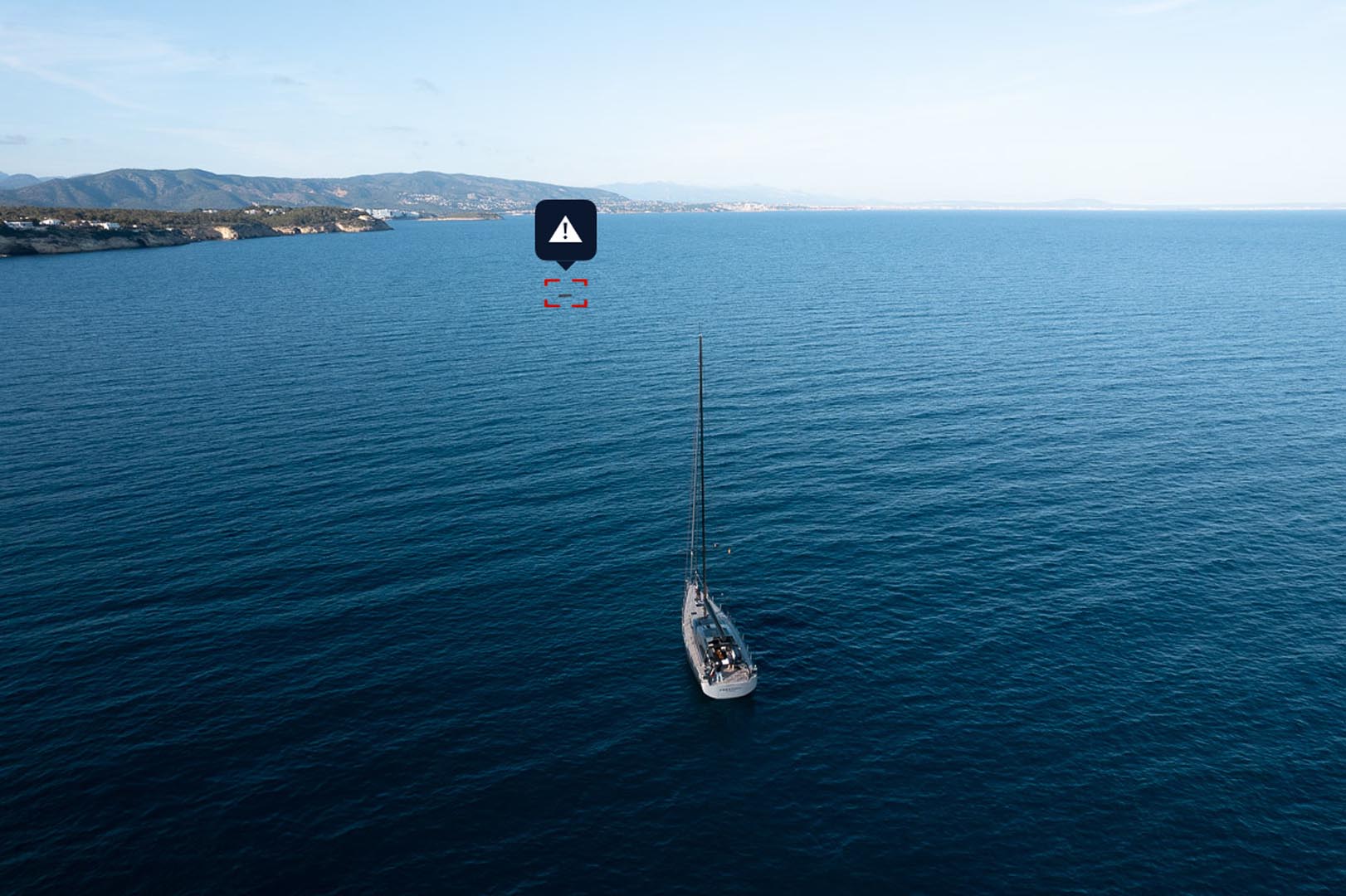For centuries, the safety of vessels relied on the sharp eyes of sailors stationed high above in the crow’s nest, scanning the horizon for potential hazards. The advent of radar technology in the mid-20th century marked a significant leap, allowing mariners to detect objects beyond the visual range, particularly in poor visibility conditions. Later, Automatic Identification Systems (AIS) added another layer of safety by enabling the identification of vessels equipped with transponders.
However, traditional radar and AIS systems have limitations, particularly when it comes to detecting non-metallic objects or small, unmarked vessels. This is where SEA.AI’s cutting-edge technology comes into play, offering a transformative approach to maritime safety.
SEA.AI: Redefining Maritime Safety Through Machine Vision
Founded with a mission to enhance safety at sea, SEA.AI is pioneering the use of machine vision in maritime applications. Unlike radar or AIS, which rely on specific signals or echoes, SEA.AI’s systems use a combination of high-resolution thermal and low-light cameras, integrated with advanced AI algorithms, to detect and classify objects in real time. This includes objects as small as buoys or even individuals overboard—something conventional systems often miss.
SEA.AI’s flagship product, Sentry, is proof of this innovation. With the ability to detect objects at distances up to 7.5 kilometers, depending on the size and material of the object, Sentry significantly enhances the situational awareness of any vessel. It doesn’t just alert the crew to potential hazards; it also tracks these objects, providing ongoing data that can be integrated into existing navigational systems.

Seamless Integration with Multiple Platforms
SEA.AI’s technology is designed for seamless compatibility across a wide range of navigational systems and devices. Whether operating from computers, tablets, or smartphones—on both Android and Apple platforms—SEA.AI’s solutions can integrate smoothly with well-known maritime electronics like Garmin, Raymarine, B&G, Furuno, and others. This flexibility ensures that vessels of all sizes can benefit from enhanced safety measures, regardless of their existing setup.
In addition to this broad compatibility, SEA.AI partners with leading software platforms like TIMEZERO, Adrena, and other prominent navigation tools to provide a more comprehensive user experience. This ensures that real-time data from SEA.AI’s machine vision systems can be incorporated into a range of navigational interfaces, making it easier for mariners to enhance their situational awareness.

The Future of Maritime Navigation
As the maritime industry continues to evolve, the role of AI and machine vision in navigation is set to expand. SEA.AI’s ongoing developments represent the future of maritime operations. This technology redefines the entire approach to navigation, where technology acts as an ever-vigilant eye, ensuring safer seas for all.
As SEA.AI leads the charge in the field of maritime safety, the integration of AI and machine vision will become standard tools in the mariner’s arsenal. This innovation is just the beginning of a new era in maritime navigation, where these cutting-edge technologies will revolutionize the way vessels traverse the world’s oceans.






